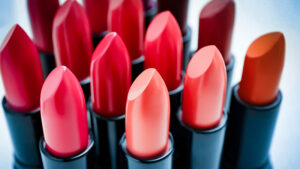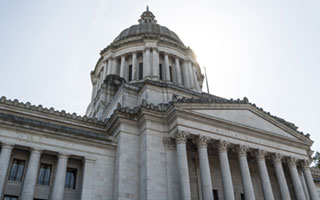 The “lipstick index” is a theory attributed to Estée Lauder heir Leonard Lauder when, back in 2001, during a recession, he noticed that lipstick sales and the economy’s health were inversely proportional. As the economy worsened, lipstick sales increased.
The “lipstick index” is a theory attributed to Estée Lauder heir Leonard Lauder when, back in 2001, during a recession, he noticed that lipstick sales and the economy’s health were inversely proportional. As the economy worsened, lipstick sales increased.
Despite soaring inflation, many consumers are opting for affordable luxury items like lipstick and cosmetics as a type of escapism. Beauty products are a rare bright spot for retailers prompting big chains like Target and Walmart to refresh and increase investments in their beauty departments.
Target began opening hundreds of Ulta Beauty shops inside its stores a year ago to include famous brands such as MAC Cosmetics and Clinique. They plan to add 250 more this year and eventually have shops at 800 stores, representing about 40% of their U.S. footprint.
At Walmart, new beauty displays were set up this summer at 250 of the company’s locations, featuring Mario Badescu, Patchology, and other brands typically found at specialty beauty shops or department store makeup counters. A more affordable display called “Beauty Finds” also began rolling to nearly 1,400 stores, offering shoppers lip glosses, lotions, and more for $3, $5, or $9.





